Unlike other photographers, photojournalists don't have the luxury of carrying around a beauty dish or soft boxes — yet they're still expected to present situations and stories objectively without having control over their environment.
This means that despite the challenges that come with shooting in different types of lighting, photojournalists are still expected to shoot good images with limited gear.
Below are tips from independent photojournalist Auntony Zinyange for getting good shots in various lighting environments:
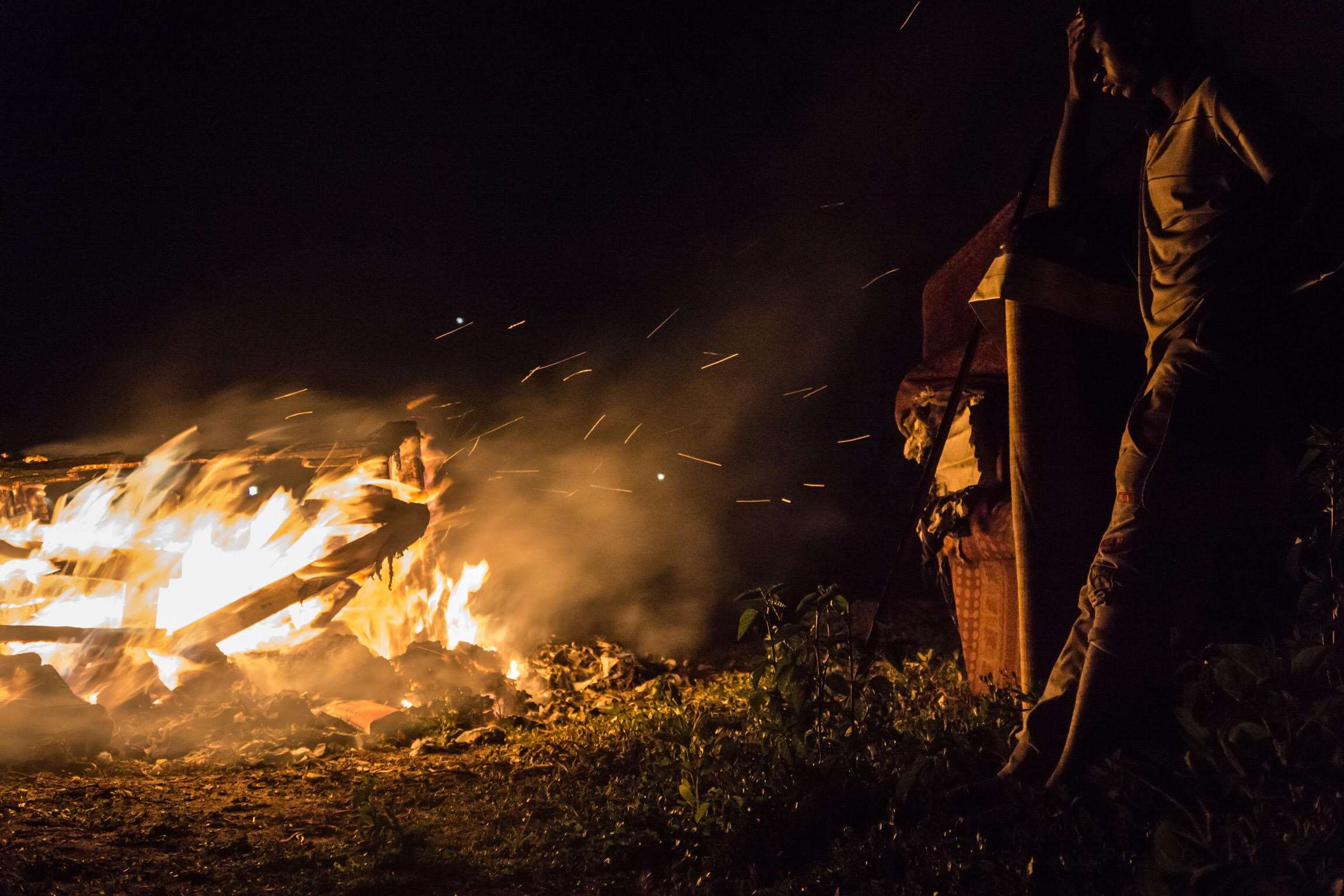 Nighttime
Nighttime
Night photography can be both an exciting experience and a nightmare, especially for photojournalists. When your editor asks for photographs, there is no space for excuses like “It was just too dark, l couldn’t find focus” or “My camera couldn’t see a thing.”
Zinyange: “If it’s really dark you need a flash, unless there are pockets of light available. You have to stalk the light and find it. You can also fuse flash with ambient light and balance the two. It also means you have to know how to control your flash. If you are using modern cameras — such as full-frame or mirrorless cameras, which have better night vision — you will have to pump up your ISO.”
 Smoke/tear gas
Smoke/tear gas
Shooting in smoke — or through it — can be quite challenging, particularly at night. The smallest change in light in a smoke-filled environment can increase highlights and change the lighting scenario. In such conditions, the risk of not getting the picture or shooting out-of-focus pictures is very high.
Zinyange: “Without enough light, the lens is continuously searching for focus. You can shoot through the smoke, but most of the time you get silhouettes. You just have to use the smoke creatively. You also need to know your manual settings well so you focus on your subjects.”
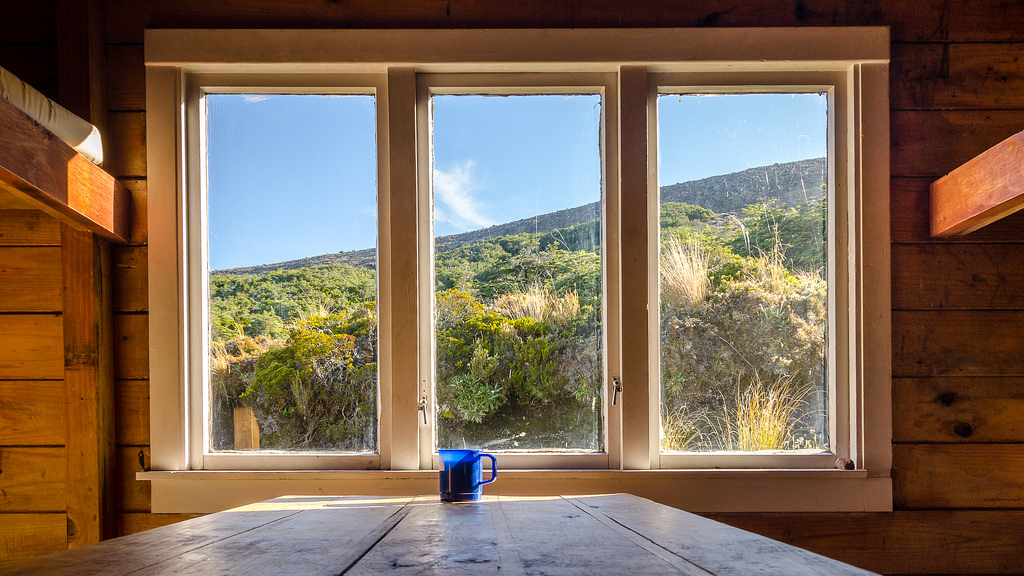 Indoor/outdoor
Indoor/outdoor
Finding a balance while shooting an indoor/outdoor scenario through an opening such as a window can be quite challenging. In most cases, photographers will shoot with post-production in mind or expose for the outside highlights and illuminate their subjects using flash.
Zinyange: “You really have to know your camera. You have to find a balance between the two exposure variances. Going for the reflection of the glass window makes the situation even worse because you might have to shoot at wide depths like f8 or f11. When you are trying to balance the two, it means you are trying to open your shadows and darken your highlight. Trying to fix your exposure in post-production will damage your picture.”
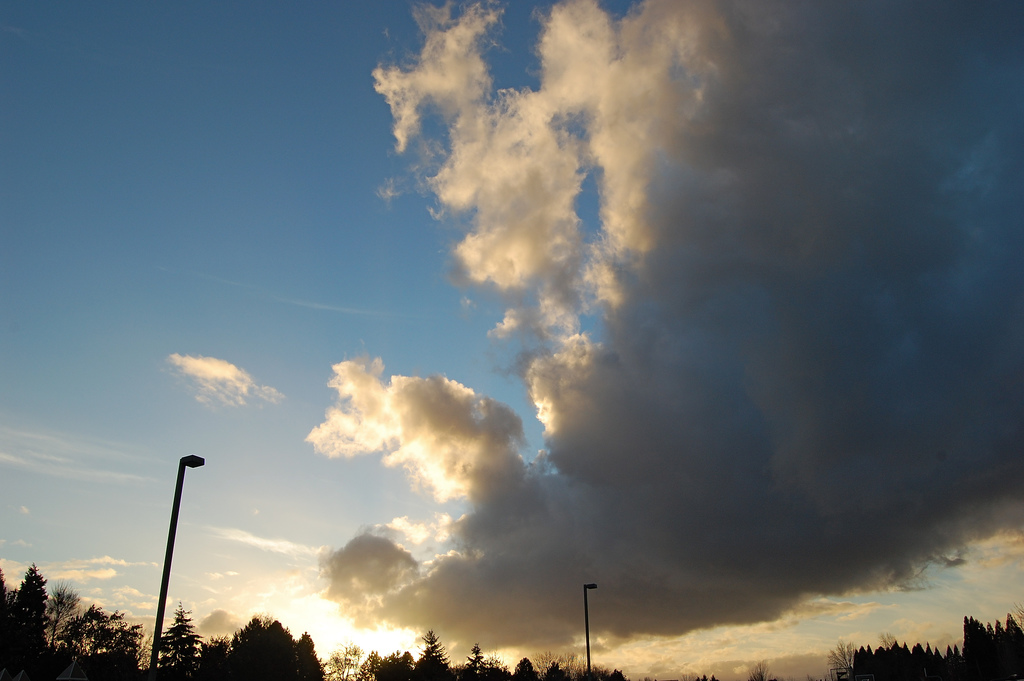 Flickering light/moving clouds
Flickering light/moving clouds
Light changes more frequently than people often notice. For photojournalists, observing the effects of light changing is what will determine whether or not they get the shot.
Zinyange: “If the subject is not moving, you have to find your frame and wait for the light to move. If you can’t wait, use techniques such as exposure compensation. You would have to maintain your camera settings and then underexpose by one stop if the sun moves out of the clouds, and overexpose if it’s above the clouds.”
.jpg) Reflective surfaces
Reflective surfaces
Reflective surfaces such as water, glass or silver tend to reflect light directly into the camera, causing blown-out spots in a picture. In most cases, the reflection is caused by the image’s light source coming from the same direction as the camera.
Zinyange: “Water is quite difficult to shoot, especially if there is wind because it’s shimmery. If you’re shooting too parallel, the closer you are to the reflective surface and the more reflection you’ll see in your photo. It means you might have to go to higher ground. You just have to move around and find the right spot.”
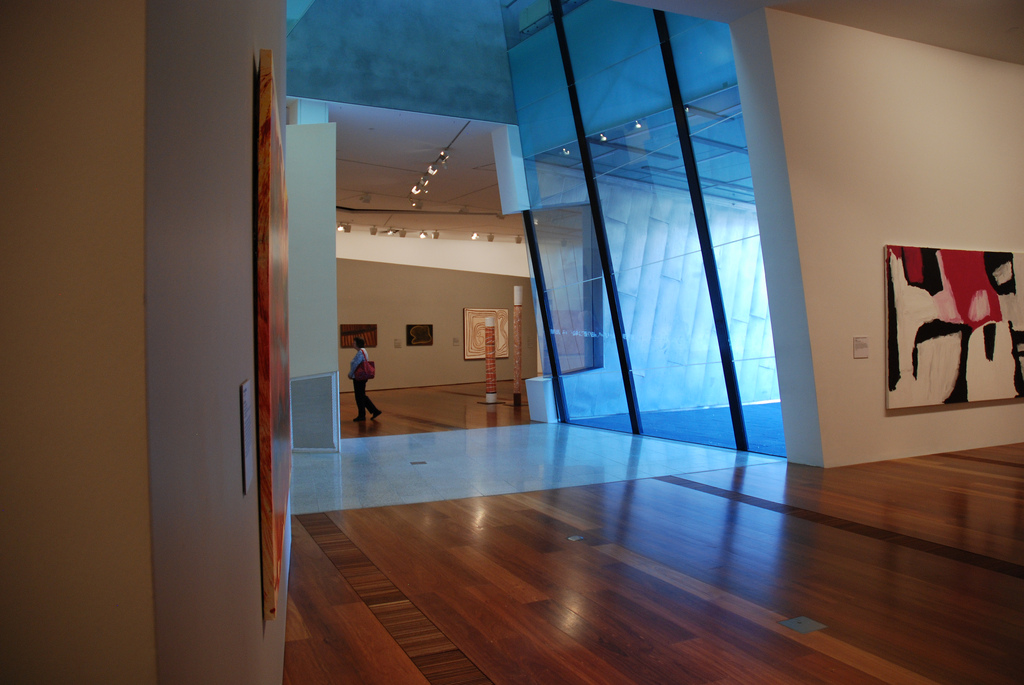 Mixed light
Mixed light
Mixed lighting is when subjects or backgrounds are illuminated by multiple light sources. A good example would be photographing a scene that has a mixture of natural ambient light, fluorescent and other lights with different color temperatures. This kind of lighting may be unflattering and not in line with the story's tone.
Zinyange: “You can either use your auto white balance or your flash. I use flash, but normally I will use off-camera flash as long as it doesn’t interfere with the story. Normally for conferences, you mostly want a portrait. So why not take a nice portrait by using an off-camera flash and overriding other unflattering lighting?”
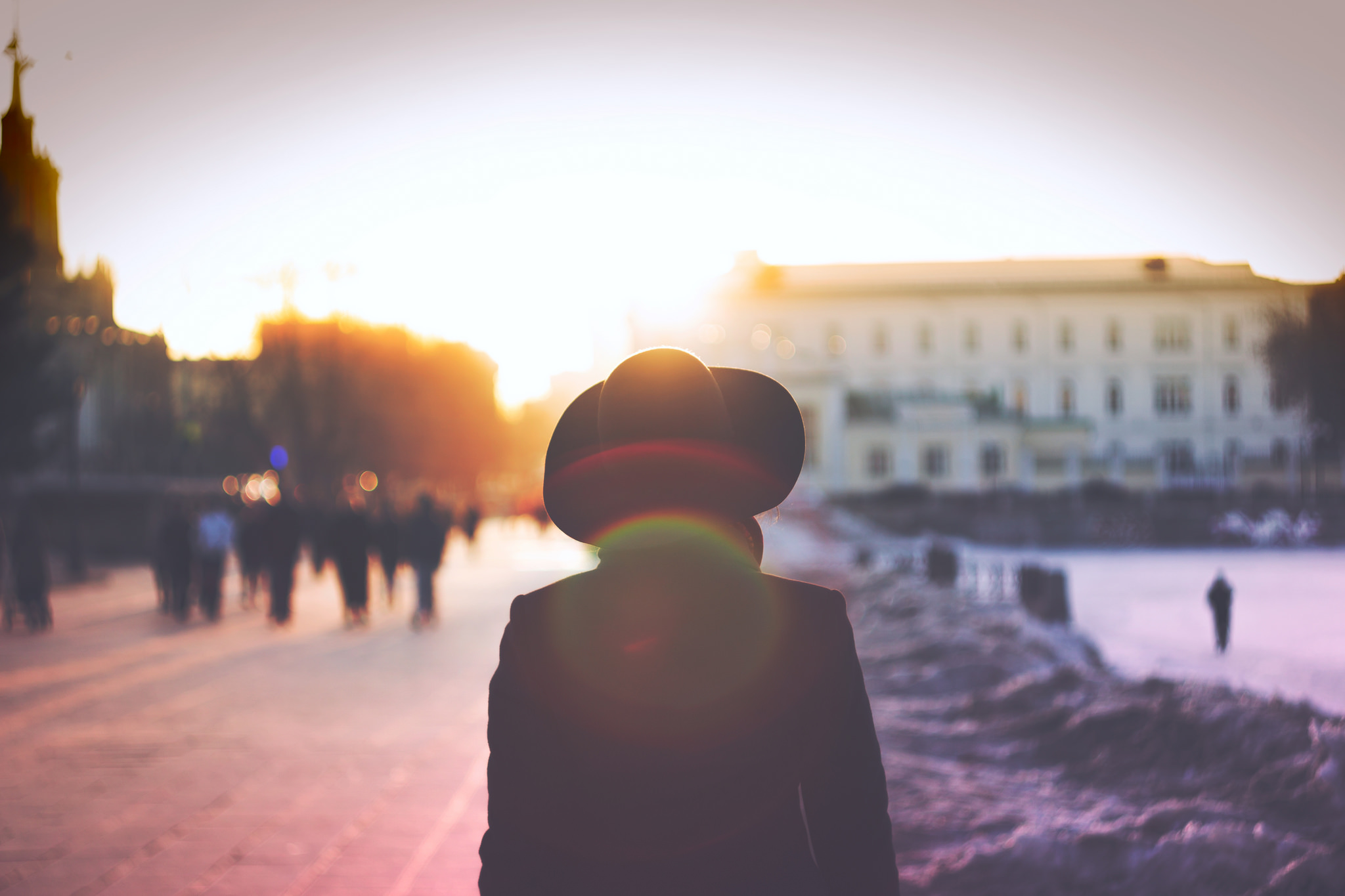 Direct sunlight
Direct sunlight
Direct sunlight can be used both creatively and to add emphasis or depth to a story. Silhouettes and lens flares can create strong images. However, in some cases, facing the sun can blow out pictures.
Zinyange: “If you are not planning on taking a silhouette or any other creative photos, having a lens hood really helps to cut down the light. Longer lenses also enable you to cut out the light by cropping into the frame. If your subjects are putting on bright clothing in direct sunlight, you will probably be shooting angels. In most photojournalism assignments very few people use polarizers, at least the ones that l know.”
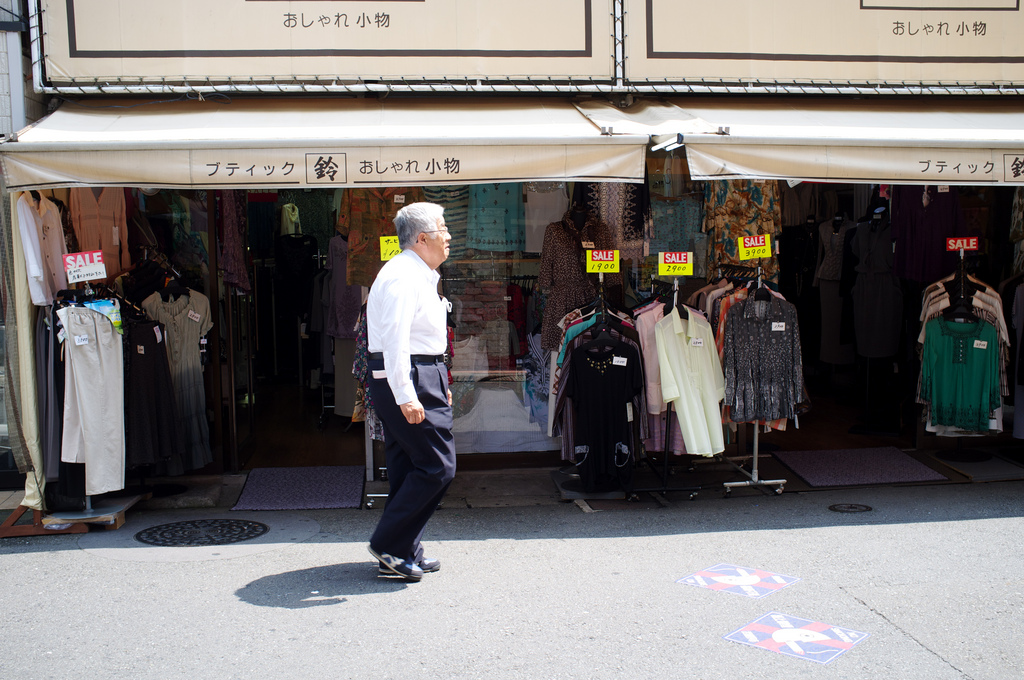 Overhead sunlight
Overhead sunlight
Photojournalists often don't have the luxury of shooting situations like protests during the golden hour. This means they have to use whatever resources are available without tempering with the story's integrity.
Zinyange: “You will probably need flash or reflective surfaces. If it’s a protest, you can also take advantage of reflections from placards or other reflective surfaces. Buildings which reflect soft light tend to provide the best lighting. You can also use reflections from cars. If there is a big white van parked outside, position yourself next to the van so it’s not in the picture. ... If you can bring in a reflector, go ahead, but it will slow you down. Photojournalism is fast-paced work, and in most cases you don’t have control over situations.”
Images (top to bottom) courtesy of Alan Bloom, Auntony Zinyange, Nimfolb, Kathrin & Stefan Marks, Josh Bancroft, Dan Dao, Pete Gray, Pawel Maryanov and sekihan.

